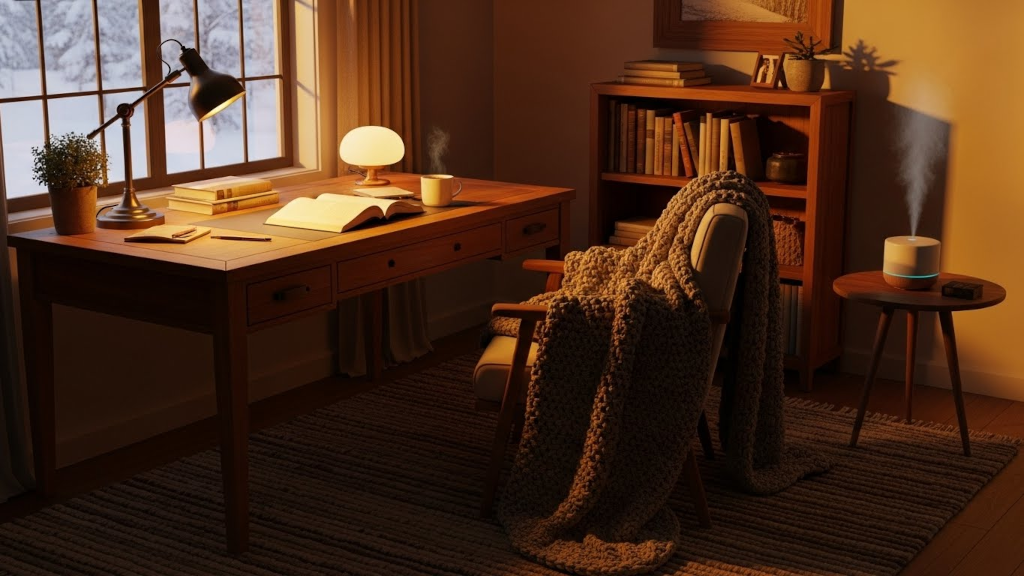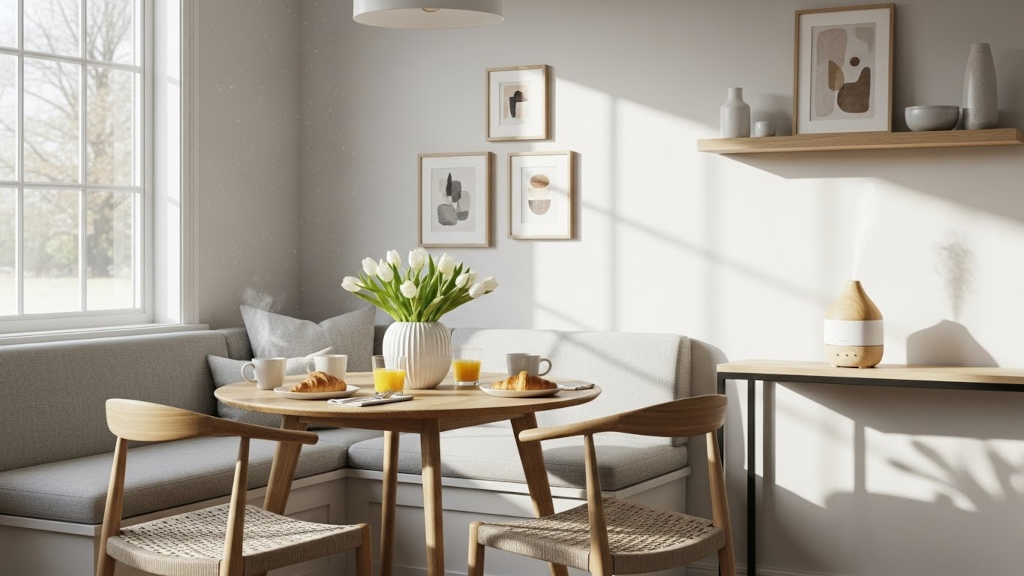A beautifully blended fragrance deserves more than a corner of the room. Whether you’re using a cold air diffuser, ambient scent system, or another refined method of dispersal, airflow plays a quiet yet essential role in how scent travels, lingers, and defines a space. A home’s atmosphere isn’t just created by what is diffused, but also by how it is carried.
In this guide, we’ll explore how the movement of air influences your home fragrance experience, from smart placement to HVAC integration and thoughtful adjustments that ensure your scent lives well in the space around you.
Why Airflow Matters in Scenting
Air is the vehicle of fragrance. Every diffuser oil, no matter how pure or sophisticated, needs a current to move it forward. Without proper flow, even the most luxurious blends stay stagnant, often pooling in corners or fading prematurely.
Scent molecules naturally rise and expand. This behavior is affected by temperature, humidity, air conditioning, and even how furniture is arranged. Understanding this subtle dance between air and fragrance allows you to create a more complete sensory environment.
Placement Makes the Difference
One of the most overlooked aspects of home scenting is where you place your diffuser. The ideal location is not always the most visible one. Instead, think about where air moves through your home. Open doorways, near air vents, hallways, and staircases can all encourage wider diffusion.
For example:
-
Placing a cold air diffuser near the entry to a main hallway allows the scent to travel across multiple rooms.
-
Avoid corners, alcoves, or tight spaces where airflow is minimal.
-
Think vertical. Mid-level placement, such as a shelf or console table, works best for dispersing scent at breathing height.
These small adjustments make a noticeable difference. The goal is not to fill a space with scent but to allow it to unfold gracefully as one moves through it.
How HVAC Influences Fragrance
If your home has a central heating and cooling system, you already have a built-in fragrance highway. Air ducts and vents can carry scent efficiently, but only when done with care.

Some home scenting systems are designed to work directly with HVAC setups. These allow for consistent, whole-home diffusion and are ideal for larger homes or those with open floor plans. However, if you’re working with standalone diffusers, the HVAC system can either help or hinder your efforts.
Here’s how to work with it:
-
Keep diffusers away from return vents that draw air in. These can trap fragrance before it circulates.
-
Place your diffuser near an output vent to allow it to flow along the air path.
-
Use your thermostat’s fan mode to circulate air without running heating or cooling.
Pay attention to seasonal changes as well. In winter, warm air rises, which can cause scent to settle at the top of the room. During warmer months, cool air may keep fragrance closer to the ground. Slight repositioning throughout the year can ensure continued balance.
Encouraging Natural Flow
Windows, fans, and even how you move through your home all impact fragrance distribution. On calm days, opening windows can invite fresh air in, allowing scent to blend rather than overpower. A gently rotating ceiling fan can help fragrance move without breaking its character.
If your home tends to feel still or closed off, consider soft changes:
-
Rearrange furniture that blocks air movement.
-
Create open pathways between diffusers and common areas.
-
Place a secondary diffuser in rooms where flow is limited, such as bathrooms or closets.
Fragrance should feel like a breath, not a wall. Movement helps create that softness.
Layering Scent by Zone
Airflow not only moves fragrance, but it can also help guide the mood of your home. Consider how you can use scent zoning to complement different areas. A fresh, citrus-forward scent in the kitchen can fade seamlessly into something deeper and more grounding in the living room. In the bedroom, a calm, resinous blend can signal rest without intruding on shared spaces.
Use air to connect these zones naturally. Instead of fighting to make one scent cover every room, let each blend work with the atmosphere it inhabits. This creates subtle transitions that make a home feel considered and cohesive.
Resetting and Refreshing the Space
Even with perfect placement, every home needs an occasional scent reset. Air gets stale, and fragrance can become too familiar over time. Open windows when the weather allows. Give your diffusers a pause. Switch scent profiles to keep the experience lively and honest.
Cleaning filters in HVAC systems also ensures that scent isn’t battling dust or older air. A fresh path allows your diffuser oils to shine with the clarity they were designed to deliver.
In the end, fragrance is not something we apply, but something we live inside. It shifts with light, air, and movement. Learning how your space breathes allows you to guide the experience gently, creating a home that smells as beautiful as it feels.
Let your scent carry. Let your space respond.








